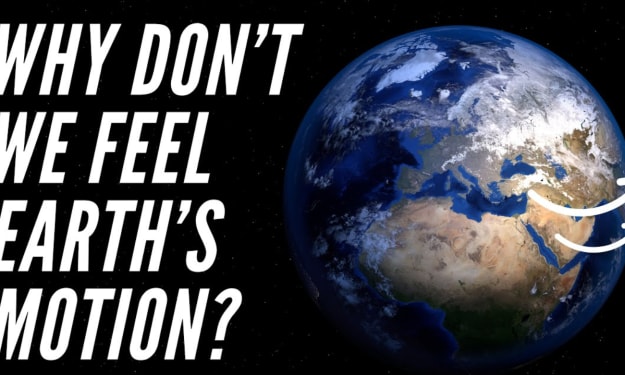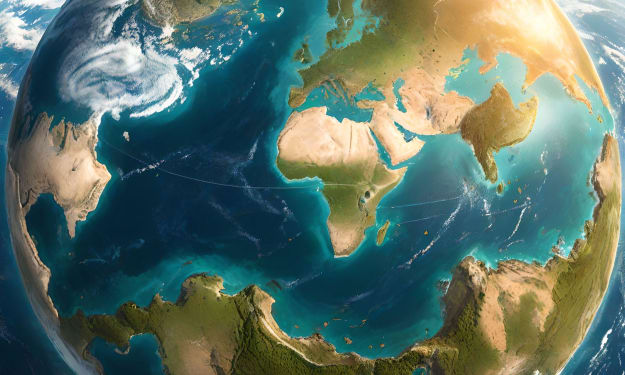Why Is Tonight's Full Moon Called Snow Moon Or Hunger Moon
Moon

If the skies are relatively clear tonight, take a moment to step outside and witness the Full Snow Moon.
Look up, as February brings forth the Snow Moon, a full moon set to illuminate the night sky.
Why is it called the Snow Moon?
Named by Native American tribes as the 'Snow Moon' or the 'Hunger Moon', this lunar event carries a history woven with the challenges of midwinter. NASA has explained that heavy snowfall, making hunting difficult, led to it being called the 'Snow Moon'. The added title of the 'Hunger Moon' reflects the scarcity of resources during this wintry period.
While February holds the title of the snowiest month along the Northeast coast, January claims the peak month for snowfall in the central Plains.
This year, one might argue that the Snow Moon is poorly named, considering the lack of snow in many parts of the eastern United States. Despite this, the Snow Moon goes by various names. In South Carolina, Native Americans call it the "first flower moon," signalling the start of spring's journey northward, according to the Washington Post.
When can we see the Snow Moon?
The Snow Moon will be visible starting Friday evening and will reach its maximum brightness at 7:34 a.m. Eastern time on Saturday. If you miss it on Friday, Saturday night also offers an opportunity to catch a glimpse. The moonrise in the Washington, D.C. area is at 5:10 p.m. on Friday, shifting to 6:10 p.m. on Saturday, according to space.com.
Alongside the Snow Moon, don't miss other celestial wonders. You can witness Venus and Mars in the sky until Saturday with a backyard telescope or just your eyes. Just check the eastern sky, close to the horizon, around sunrise.
After the full moon, catch the zodiacal light phenomenon in areas away from city lights. From Monday onward, glance west after twilight, especially as the moon fades. This subtle glow, created by space dust in sunlight, stretches from the horizon to the sky. It is a lovely sight, perfect for observing or capturing with your camera during spring and fall.
Tonight, as you gaze up at the sky, you might notice something spectacular – the full moon shining brightly. But did you know that each full moon has its own special name? Tonight's full moon is called the Snow Moon or the Hunger Moon.
The Snow Moon earned its name because February is often a month of heavy snowfall in many parts of the world. As the cold winter winds blow, blankets of snow cover the ground, transforming landscapes into a winter wonderland. The brightness of the full moon against the white snow creates a serene and magical atmosphere, casting an ethereal glow across the land.
But why is it also called the Hunger Moon? This name harks back to ancient times when food was scarce during the winter months. In many cultures, February was a period of hardship, with dwindling food supplies and harsh conditions making it difficult to find sustenance. As the full moon rose in the sky, it served as a reminder of the challenges faced by our ancestors as they struggled to survive the winter months.
The Hunger Moon was a time of perseverance and resilience, as communities banded together to endure the harsh realities of winter. People relied on their resourcefulness and ingenuity to make it through this challenging period, conserving what little food they had and relying on stored provisions to see them through until spring.
Today, the Snow Moon and the Hunger Moon serve as a reminder of the interconnectedness of humanity and nature. Despite our modern comforts and conveniences, we can still learn valuable lessons from the past. The full moon serves as a symbol of hope and renewal, reminding us that even in the darkest of times, there is light to guide us forward.
As you gaze up at the Snow Moon or Hunger Moon tonight, take a moment to reflect on the challenges faced by those who came before us and the resilience of the human spirit. Let it inspire you to appreciate the abundance in your life and to reach out a helping hand to those in need. And as you marvel at the beauty of the full moon, remember that even in the depths of winter, there is always the promise of spring on the horizon.





Comments
There are no comments for this story
Be the first to respond and start the conversation.